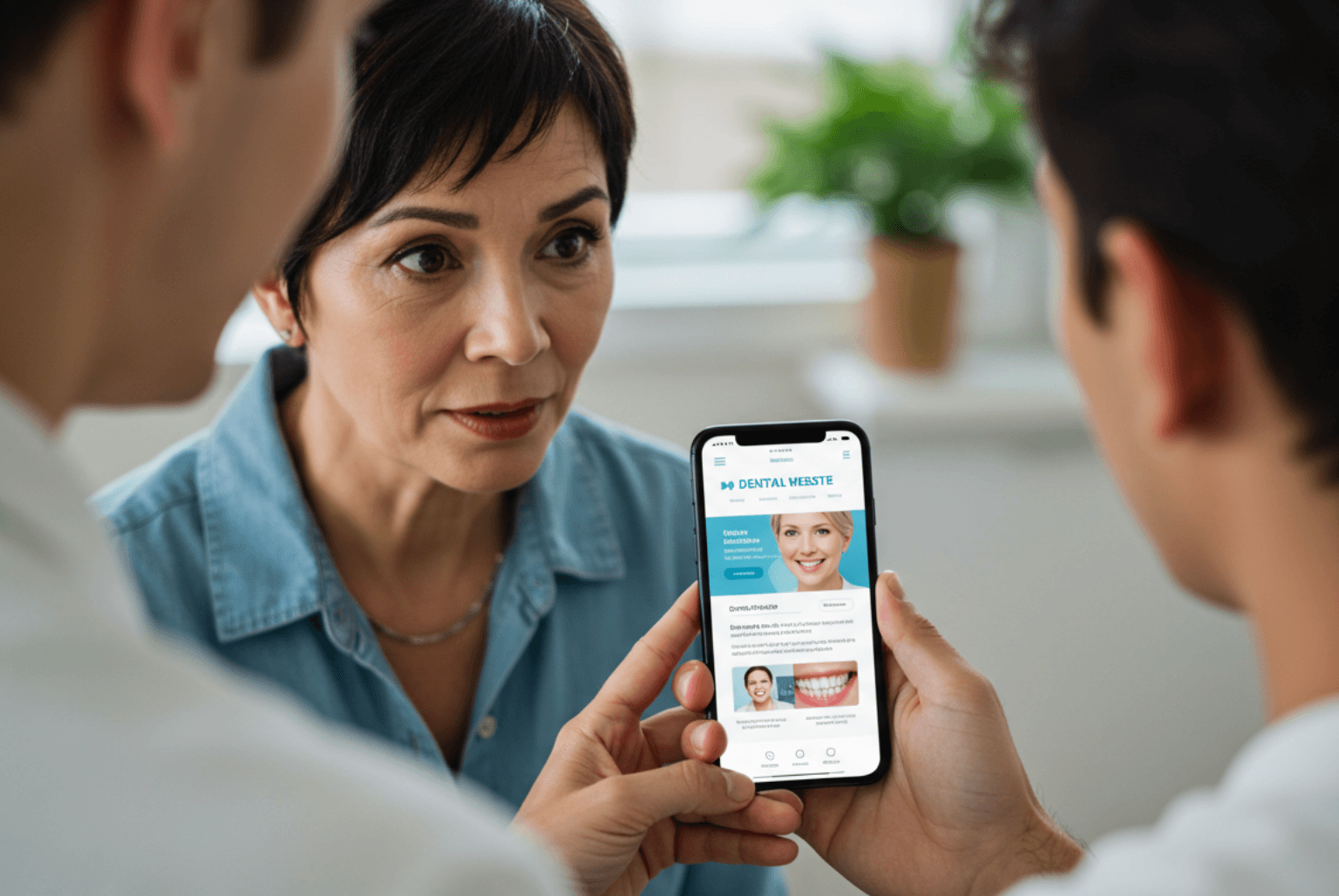More and more of the world’s business is done online, but by 2017 a whopping 85% of British citizens were using smartphones compared to a lesser 78% using laptops. Business, it seems, is being done online on our smartphones, and our websites need to be compatible.
The new hyper-mobility of internet access means that your site can be accessed at anytime, anywhere, by anyone, which is a great business opportunity. The real-time marketing opportunities are endless, but they could be quickly cut short by your mobile site if it isn’t compatible. Get clued up – here are the top 5 reasons why people leave your mobile site.
1. Design for Mobile Optimisation
If your business’ website isn’t designed to be mobile friendly, then chances are your carefully curated content may look brilliant on a computer or laptop screen but will be out of line and disorganised on a mobile. By not optimising and designing your site for mobile users from the word ‘go’, you will push these potential clients into the arms of your competitors and lose business.
Adults accessing the internet ‘on the go’ on their smartphones increased to 73% in 2017, more than double the 2011 rate of 36%. This huge jump should prompt your business into action – if your site hasn’t been designed for mobile compatibility when smartphone browsing is growing at such a rapid rate, then you’re more than likely to see a decrease in your conversion rate.
If your website can’t handle being on a mobile phone, isn’t user-friendly or is hard to navigate then you are sadly going to experience a drop, or certainly not a positive increase, in your conversion rate.
2. Touchscreen Compatibility
As a digital marketing and web design agency, we value a great web presence and test our websites for mobile phone and tablet compatibility. The overall design of your website can’t be underestimated, but we need to make sure we’re designing for mobile phones, which are increasingly and almost exclusively touchscreen.
In the first quarter of 2018, over 77 million iPhones were sold worldwide. That’s 77 million touchscreens that are accessing the internet and, more importantly, websites. Granted not all of those 77 million will be looking at your site, but rather this represents the growth of touchscreen technology and the accessibility of the internet via a mobile phone.
You should make certain that you can effectively navigate your mobile site with a touch screen, the links and buttons are accessible and clickable, and that it generally runs smoothly. Mimic your customer journey by testing your mobile site yourself, and if you’re struggling to get around then your potential clients are, too. If your website isn’t designed to be compatible with mobile phones, let alone touchscreens, that’s a lot of users that aren’t going to get the full experience of your site.
3. Load Times
When we click on a link on our laptop, we expect it to zoom to the next page with speed and ease, so why should this be different for mobile sites? The tricky thing is that, if your site isn’t optimised for mobile use, it can take much longer to load and, when it does, can appear fragmented or clumsy.
You will indefinitely be losing business through your slow website speed. A comprehensive article by ConversionXL states that, worryingly, 75% of potential clients leave your site in favour of a competitor’s rather than wait for the load time, and a site that takes 5 seconds to load experiences 38% fewer conversions than a site that loads in 1 second.
Now that is a significantly scary loss of business! Check your website is optimised for mobile use and what its load time may be, because this could be a reason your clients are forsaking your mobile site.
4. Inaccessible Content
This can cover a multitude of sins. If your website contains a video file that is license-constrained or media that requires Flash player, your content may be rendered unplayable. Not all mobile devices support these kind of advanced players and media, so by essentially denying some mobile users access to certain aspects or tools of your site you are going to frustrate and disillusion them.
This is also important to consider for e-commerce functions on your website, especially when enlisting the use of third party shopping or payment systems. By dismantling their trust or simply not having the potential to deal with some media or processes, then you are going to negatively impact your mobile users’ experience and potentially lose conversion.
You may also find that aspects as small as your font choice can affect readability and therefore your user experience and conversion rate. Bitesize chunks of text in a readable font will greatly benefit how your users interact with your mobile site.
79% of people online don’t read full blocks of text, they just skim, and when we consider that the average smartphone screen is between 5 and 6 inches, we definitely need to think about tailoring our content size. Smaller screens mean bigger text, more bullet points, and more accessibility to keep your clients happy and engaged.
5. It Isn’t Google Compatible
This is a slight game-changer. While it doesn’t technically affect users’ experience of your mobile site, it actually impacts whether or not they find you altogether.
Google told us back in 2016 that the future was mobile and that it was starting to prioritise mobile sites over desktop sites. Increasingly more searching is done on mobile devices rather than desktop, since its usually far more accessible, but too many websites still provide an inferior mobile experience. Google is shifting its priority to mobile sites in 2018. It has always analysed the desktop site to determine where the mobile site will appear in its search rankings, but now Google is turning that on its head. If you don’t have a viable mobile site in 2018, you might get left behind.
In an age of portable internet access, it’s never been more important for your site to function not only correctly, but effectively, on a mobile or tablet device. If you’re not sure where to begin to please Google, or if your site transfers seamlessly to mobile, then don’t fear! We can help.




